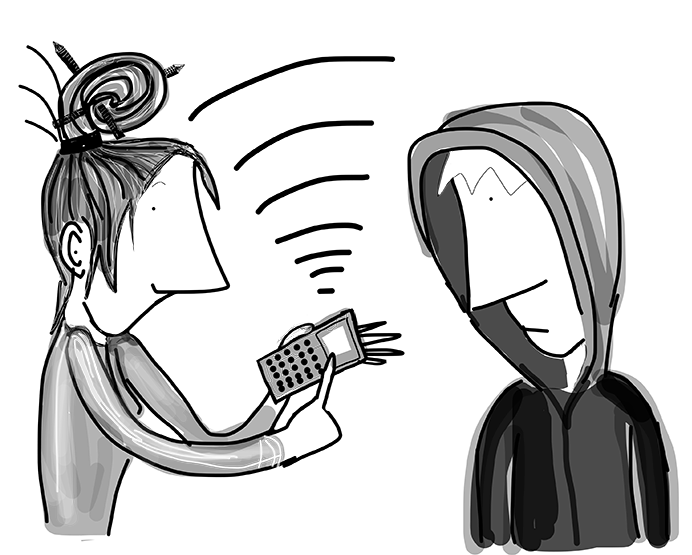Bones: Teaching Notes

Lesson Aim
The learning objective is to improve the aural equivalent of skimming & scanning. Focus on briefly summarising the information rather than the exact number of bones etc.
Listening Level: Pre-intermediate+
Students should look for the 'headlines' rather than the details. Some unfamiliar vocabulary but can be worked out by context.
Pre-teaching
Working on the Skeleton Labelling Exercise will help establish key words. Later students could move on to the more advanced version of this exercise. Buy complete printable Fred & Rita with learning resources for only £0.99
Level: video uses very simple English and is suitable for all levels. Warn older/ advanced students that the video is for young children but it provides a very good starting point.
Students do not need precise anatomical terms: use knee bone/back bone.
1. The smallest bone in the human body is in the middle ear. It is vital to our hearing system!
2. More than half of adult bones in the hands and feet!
3. We have somewhere around 300 to 350 bones that we are born with. As we grow up, the number reduces to 206.
4. There are around 14 bones in the face, 8 bones are in each wrist, 27 bones in each hand 23 bones are in each foot including the ankle and 30 bones in the skull.
5. Adult human bones account for 14% of the body’s total weight.'
6. Bones consist of 50% water
7. Our ribs move about 5 million times a year, every time we breathe!
8. Did you know that humans and giraffes have the same number of bones in their necks. Giraffe neck vertebrae are just much, much longer!
9. We have over 230 moveable and semi-moveable joints in our body.
10. Fingernails grow nearly 4 times faster than toenails!
Vocabulary & Activities * Label Skeleton (simple) * Label Skeleton (advanced) * Quiz

Lesson Aim
The learning objective is to improve the aural equivalent of skimming & scanning. Focus on briefly summarising the information rather than the exact number of bones etc.
Listening Level: Pre-intermediate+
Students should look for the 'headlines' rather than the details. Some unfamiliar vocabulary but can be worked out by context.
Pre-teaching
Working on the Skeleton Labelling Exercise will help establish key words. Later students could move on to the more advanced version of this exercise. Buy complete printable Fred & Rita with learning resources for only £0.99
Level: video uses very simple English and is suitable for all levels. Warn older/ advanced students that the video is for young children but it provides a very good starting point.
Students do not need precise anatomical terms: use knee bone/back bone.
1. The smallest bone in the human body is in the middle ear. It is vital to our hearing system!
2. More than half of adult bones in the hands and feet!
3. We have somewhere around 300 to 350 bones that we are born with. As we grow up, the number reduces to 206.
4. There are around 14 bones in the face, 8 bones are in each wrist, 27 bones in each hand 23 bones are in each foot including the ankle and 30 bones in the skull.
5. Adult human bones account for 14% of the body’s total weight.'
6. Bones consist of 50% water
7. Our ribs move about 5 million times a year, every time we breathe!
8. Did you know that humans and giraffes have the same number of bones in their necks. Giraffe neck vertebrae are just much, much longer!
9. We have over 230 moveable and semi-moveable joints in our body.
10. Fingernails grow nearly 4 times faster than toenails!
2. More than half of adult bones in the hands and feet!
3. We have somewhere around 300 to 350 bones that we are born with. As we grow up, the number reduces to 206.
4. There are around 14 bones in the face, 8 bones are in each wrist, 27 bones in each hand 23 bones are in each foot including the ankle and 30 bones in the skull.
5. Adult human bones account for 14% of the body’s total weight.'
6. Bones consist of 50% water
7. Our ribs move about 5 million times a year, every time we breathe!
8. Did you know that humans and giraffes have the same number of bones in their necks. Giraffe neck vertebrae are just much, much longer!
9. We have over 230 moveable and semi-moveable joints in our body.
10. Fingernails grow nearly 4 times faster than toenails!
